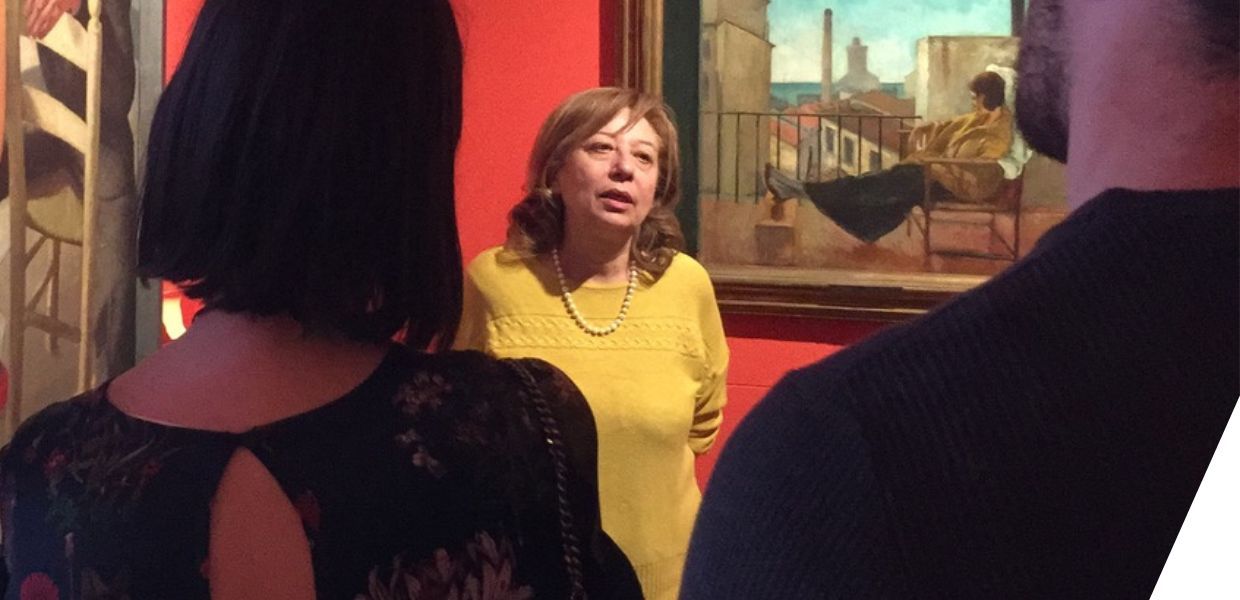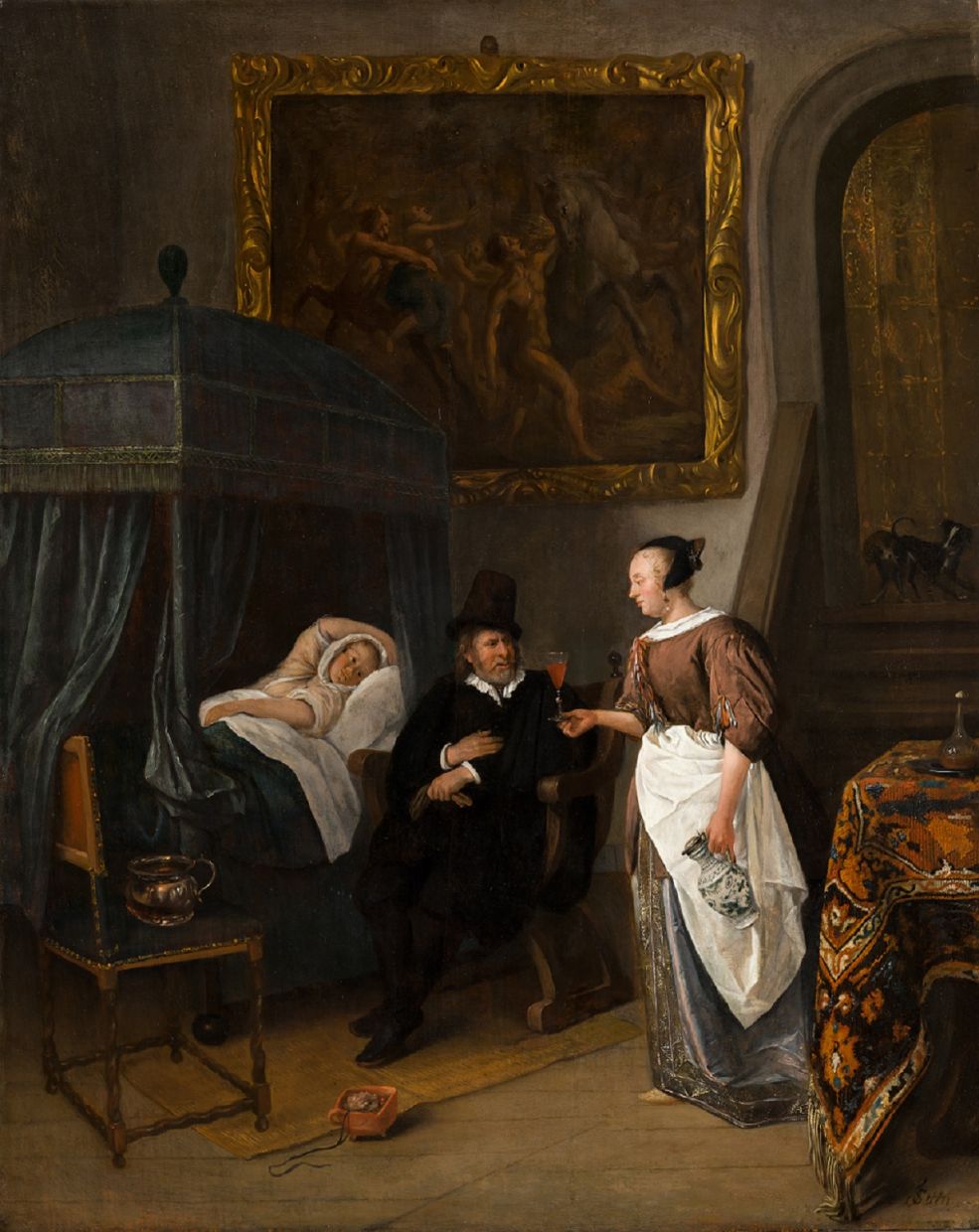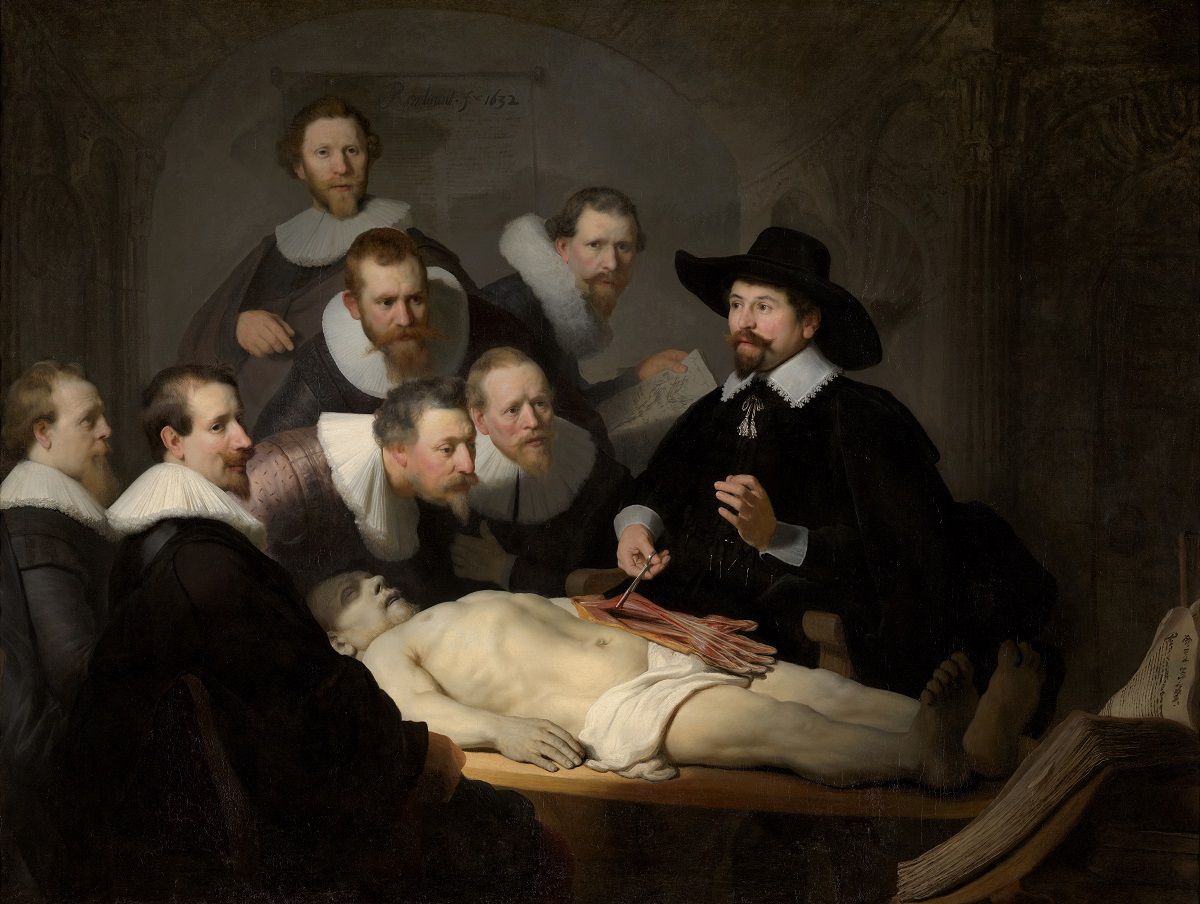How did you enter your profession?
I have a humanities BA and I am an expert in computer science. I started my work in 1980 at Sapienza University of Rome and for many years have applied my expertise to museum education and ICT.
At the University I was Director of e-learning, the School and Museum Education Lab and the Art and Medical Humanities Lab. I was also project coordinator of the Erasmus Project EDMUSE: Education and museum-Digital Cultural Heritage for Science Learning. I was principal investigator for research into reuse of digital cultural heritage in schools, the medical and health sector and other learning environments.
What are you currently working on?
My research project and activities apply pedagogical methods which use images of museum objects as tools for learning, social inclusion, and limiting stress in the environments mentioned above. The project analyses the impact of using art to improve life skills in a group of participants, and we are also designing a repository linked to digital libraries to extract images of works of art or photos. The goal is to have a digital platform where experts can choose objects and annotate the importance of those objects in relation to skills (observation, problem solving, empathy, for example).
What are some of the challenges in your role? What are some of your favourite elements?
I enjoy being able to integrate the disciplines that I have studied to design multidisciplinary projects and involve researchers who work in different knowledge fields and have different points of view. This makes it possible to respond to needs such as the use of art for learning in the medical and health sector, and also to use digital cultural objects to create activities in places other than museums for the promotion of wellbeing.





